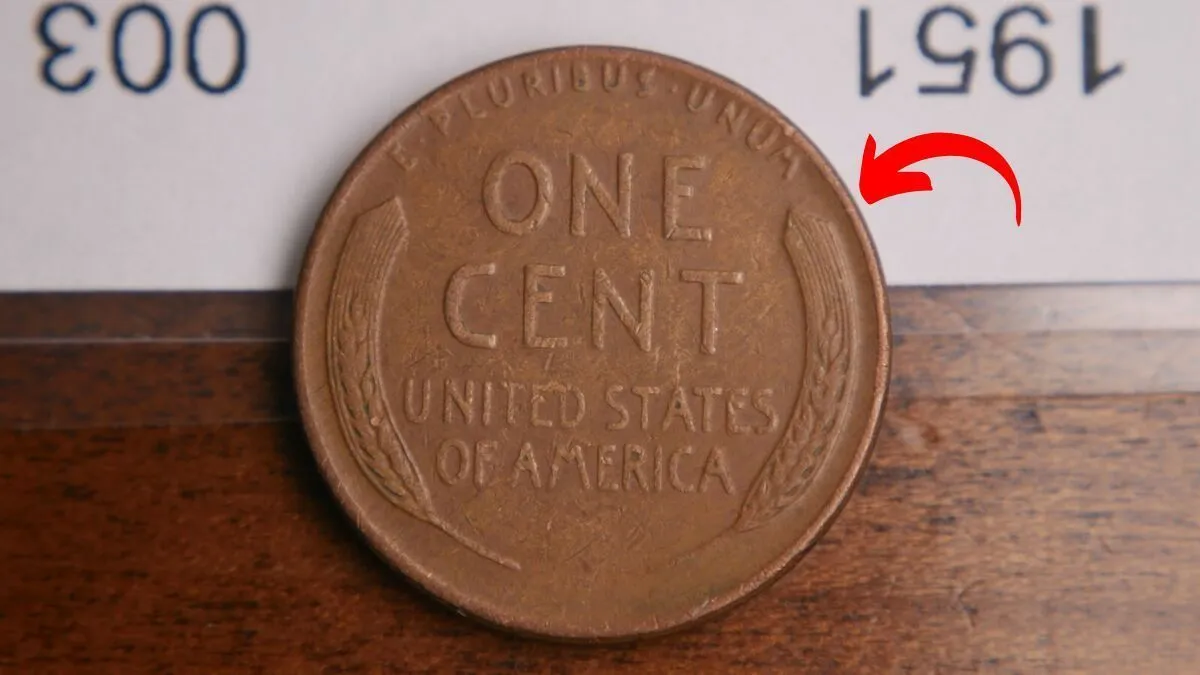Most people don’t think twice when they see a penny—especially an old one. But what if that dusty copper coin could actually be worth hundreds of thousands of dollars? Believe it or not, some Lincoln Wheat Pennies still turn up in everyday change and can fetch small fortunes. One such coin? A Lincoln Wheat Penny that sold for an astonishing $410,000 at auction.
Let’s uncover the story behind this incredible coin and what to look for so you don’t accidentally spend a treasure.
What Is a Lincoln Wheat Penny?
The Lincoln Wheat Penny was minted from 1909 to 1958 and is easily recognized by the two wheat stalks on the reverse. Designed by Victor D. Brenner, it was the first U.S. coin to feature a real person—President Abraham Lincoln.
Though most are common and worth just a few cents, a handful are extremely rare due to minting errors or low production, making them incredibly valuable to collectors.
The Penny Worth $410,000: 1943-D Bronze Lincoln Wheat Penny
Why It’s So Valuable:
In 1943, the U.S. Mint switched from copper to zinc-coated steel pennies to preserve copper for World War II ammunition. However, a few bronze planchets (coin blanks) from 1942 remained in the presses, leading to a tiny number of 1943 bronze pennies being struck.
Most of these error coins were minted in Philadelphia, but the ultra-rare version bearing a Denver mint mark (D) is the one that has drawn the most attention.
Auction Value:
- One 1943-D Bronze Wheat Penny sold at auction for $410,000, making it one of the most valuable pennies in existence.
How to Spot a 1943-D Bronze Penny
- Check the Date: It should read 1943 with a “D” mint mark under the year.
- Use a Magnet: A real 1943-D bronze penny will not stick to a magnet (steel ones will).
- Color & Weight:
- Color: Reddish-brown (not the silvery color of steel)
- Weight: Around 3.11 grams (steel weighs about 2.7 grams)
- Be Aware of Fakes:
- Some copper-colored 1943 coins are just coated steel.
- Others are altered 1948 pennies (shaping the “8” to look like a “3”).
Why Are These Still in Circulation?
Though rare, some error coins slip through the cracks. It’s possible that an original owner never realized what they had or the coin was spent decades ago and forgotten.
Collectors and coin roll hunters have found valuable Wheat Pennies in circulation, in jars, or in inherited coin collections. It’s not common—but it’s not impossible either.
Other Rare Lincoln Wheat Pennies to Watch For:
- 1909-S VDB – Up to $50,000+
- 1914-D – $3,000 to $10,000+
- 1922 No D – $1,000 to $10,000+
- 1955 Doubled Die – $1,500 to $100,000+
- 1944 Steel Penny – Up to $100,000+
What To Do If You Think You Found One
- Do NOT clean it — cleaning can lower its value drastically.
- Handle with care — preferably with gloves or by the edges.
- Get it weighed and tested — a cheap digital scale and magnet can go a long way.
- Seek professional authentication — through PCGS, NGC, or a trusted coin dealer.
Final Thoughts
A penny may not seem like much—but some Lincoln Wheat Pennies, like the 1943-D bronze version, are worth more than a luxury car or even a house. With a value of $410,000, this tiny coin proves that history and fortune often hide in plain sight.
Next time you’re sorting through spare change or an old coin collection, check those dates carefully—you just might be holding a six-figure treasure.

